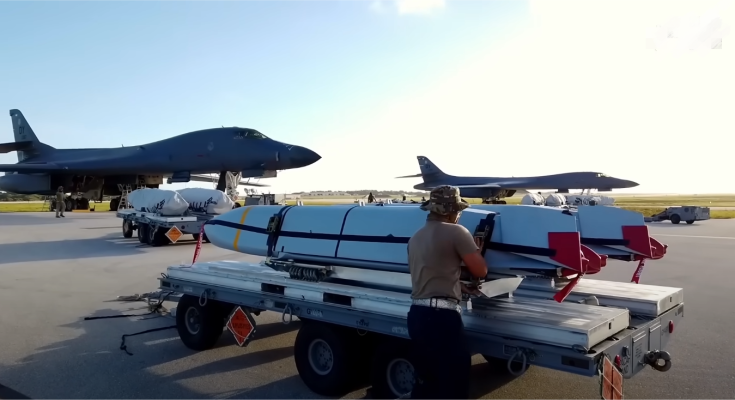Designing and building the U.S. Air Force’s most feared stealth fighters—such as the F-22 Raptor and F-35 Lightning II—is a complex, highly secretive process that combines cutting-edge technology, advanced engineering, and meticulous craftsmanship. These aircraft are designed to provide unmatched air superiority, with the primary goal of evading radar detection and delivering superior combat capabilities. The entire process, from conceptualization to assembly, requires the integration of various disciplines and technologies to create fighters capable of dominating modern warfare.
Conceptual Design and Development
The design process for stealth fighters begins long before the first prototype is built. Engineers and designers at defense contractors, such as Lockheed Martin, work in close collaboration with the U.S. Air Force to define the aircraft’s mission and operational requirements. The design objective is clear: create an aircraft that combines high performance, advanced stealth capabilities, and versatility for a range of missions.
For stealth fighters like the F-22 and F-35, the focus is on low observability, or the ability to evade enemy radar detection. This requires a unique approach to the aircraft’s shape. Both aircraft are designed with sleek, angular contours that deflect radar waves, rather than reflecting them. This angular design helps scatter radar signals, reducing the likelihood that the aircraft will be detected. Additionally, special radar-absorbing materials are used in the airframe to further reduce the radar signature.
Beyond radar-evading shape, engineers also focus on other stealth factors, such as minimizing infrared heat signatures. Advanced cooling systems and exhaust technologies are used to reduce the heat emitted by the engines, making the aircraft harder to detect by infrared tracking systems.
Material Selection and Construction
Once the design is finalized, the next challenge is choosing the right materials. Stealth fighters are made from a combination of lightweight, durable materials, such as titanium alloys and advanced composites. These materials not only help the aircraft remain structurally sound at high speeds but also contribute to its radar-absorbing properties. Composite materials, in particular, are used for their ability to absorb radar waves rather than reflect them, a crucial element in maintaining the aircraft’s stealth profile.
The construction of the airframe is a highly precise operation. Robotic systems are used to cut and shape the composite materials with extreme accuracy. The assembly process also involves intricate bonding and welding techniques to ensure that the airframe maintains its structural integrity and stealth capabilities. The fuselage, wings, and tail sections are carefully crafted to fit together seamlessly, with each piece playing a critical role in the aircraft’s performance and stealth properties.
Avionics and Weapon Systems
Another key element of stealth fighter design is avionics. The F-22 and F-35 are equipped with some of the most advanced radar, sensor, and communication systems in the world. These systems give pilots unparalleled situational awareness, allowing them to detect and engage threats long before they are detected. The aircraft are also capable of sharing data with other platforms, creating a networked battle environment that enhances overall effectiveness.
Stealth fighters are also designed to carry weapons without compromising their radar-evading features. Both the F-22 and F-35 feature internal weapons bays where munitions are stored during flight. These weapons bays are built into the fuselage, so that when the aircraft is in flight, the weapons are shielded from radar detection. The aircraft’s avionics system coordinates the release of weapons with precision, ensuring that they can strike targets with minimal risk of detection.
Assembly and Testing
Once all components are assembled, the aircraft moves to the testing phase. Each stealth fighter undergoes a rigorous series of ground tests, where engineers check every system, from the engines to the avionics. After passing ground tests, the aircraft undergoes flight testing to assess its performance in real-world conditions. These tests push the aircraft to its limits, ensuring that it can perform under a wide range of scenarios, from high-speed combat missions to stealth operations in heavily defended airspace.
The entire process is highly secretive. Due to the sensitive nature of the technologies involved, access to the factory is strictly controlled, and only a select number of individuals are cleared to work on specific components. Workers often don’t have a complete picture of the aircraft’s overall design, ensuring that sensitive information is compartmentalized.
The Finished Product
The result of this painstaking process is an aircraft like the F-22 or F-35—stealthy, agile, and equipped with some of the most advanced technology in the world. These fighters are not just machines; they represent the pinnacle of military aviation, designed to ensure that the U.S. Air Force maintains its air superiority for decades to come. The combination of advanced design, stealth technology, and powerful avionics ensures that these fighters remain the most feared in the skies.



